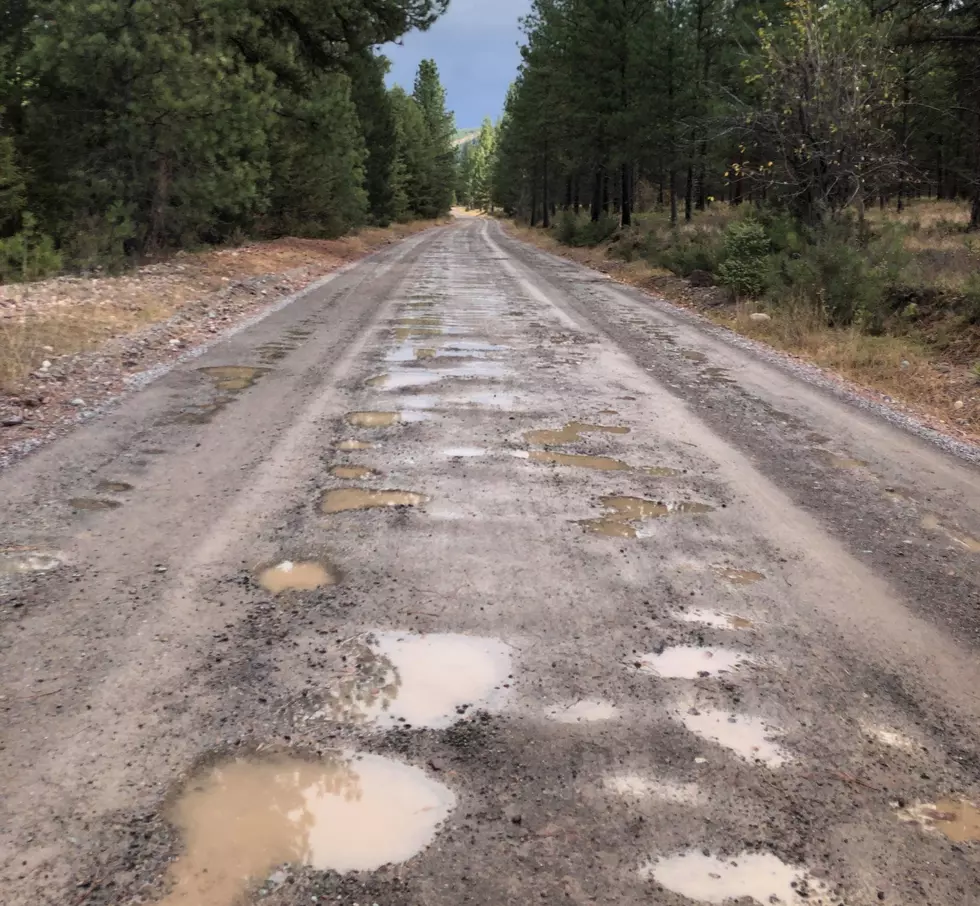
Public comment indicates overwhelming approval for BLM conservation rule
Laura Lundquist
(Missoula Current) A statistical analysis of recent public comments shows that an overwhelming majority are in favor of a proposed rule to allow the Bureau of Land Management to lease land for conservation purposes.
Wednesday was the last day for public comment on the Bureau of Land Management’s proposed Conservation and Landscape Health Rule, also called the Public Lands Rule. The BLM had allowed 90 days for the public to weigh in on whether conservation could become an official use that the BLM could lease public land for, similar to grazing, logging, mining or oil and gas drilling.
The nonprofit Center for Western Priorities released a statistical analysis of the more than 150,000 comments that the BLM had already received as of Wednesday morning. Employees randomly sampled 10,000 comments and noted the tenor of each.
Their analysis found 92% of the comments encouraged the Department of the Interior to adopt the Public Lands Rule as written or to go even further with certain changes to strengthen the conservation measures. The statistical margin of error was ±0.5%.
Jennifer Rokala, Center for Western Priorities executive director, said she wasn’t surprised with the results.
“Americans know that public lands are central to the Western way of life, and that they will play a pivotal role in the nation’s response to the climate crisis. The support expressed during the comment period shows that the BLM is on the right track to restoring balance across the West,” Rokala said in a release.
Less than 5% of the comments encouraged the department to withdraw or significantly weaken the rule. Out of 152,000 comments, that equates to about 7,000 people opposed.
Another 3.5% weren’t clear as to whether they support or oppose the rule. Those comments largely focused on details like adding language regarding wilderness or wild horses and burros to the rule without specifically addressing the question of rule-making and leases.
Many conservation groups have used email lists and social media to encourage their members to hurry up and comment before the end of the day Wednesday. The Center for Western Priorities noted that the comments sampled included coordinated campaigns by conservation and business groups, technical comments from governments and scientists, and both email and handwritten letters from public lands users.
Conservative governors oppose
Meanwhile, some politicians have urged Montanans and the BLM to oppose the rule.
Last week, Gov. Greg Gianforte sent a letter to Interior Secretary Deb Haaland and BLM Director Tracy Stone-Manning, asking them to withdraw the rule, calling it “excessive federal overreach.”
“The multiple uses that occur on BLM lands support economies and livelihoods, which will be damaged if those multiple uses are deemed to conflict with ‘conservation’ and removed from the landscape,” the governor wrote.
Govs. Brad Little of Idaho and Joe Lombardo of Nevada also wrote letters of opposition.
The assumption that conservation would threaten other uses is one of several misconceptions that supporters of the rule tried to dispel after a May 25 Congressional hearing. In that hearing, Montana Congressman Matt Rosendale repeated that it was an “unprecedented power grab” because conservation would threaten grazing on BLM lands.
Danielle Murray, Conservation Lands Foundation senior legal and policy director, said Rosendale is incorrect. No rancher can lose their lease unless they fail to comply with BLM standards for grazing lands.
“The facts are that the proposed rule explicitly states it does not undermine or impact any valid existing rights, doesn’t impede development on public lands,” Murray said in May. “I would say that conserving natural ecosystems is not ‘locking up.’ The public will have access to these lands just as they currently do. There’s no truth to these claims. The question we need to ask is do we also value protecting wildlife habitat, providing access to nature and protecting vital watersheds?”
Michael Carroll, Wilderness Society BLM campaign director, emphasized that conservation wouldn’t push other uses out. The rule just sets goals for the BLM to manage for both intact landscapes and extraction opportunities. The BLM will use two existing tools, Areas of Critical Environmental Concern and conservation leases, to help conserve and restore lands.
In 1976, Congress passed the Federal Land Policy and Management Act to guide federal land management and BLM actions in particular. As written, FLPMA includes lists conservation as a component of "multiple use.” But after the enactment of FLPMA, particularly during the Reagan administration, the multiple-use mission of the BLM eroded to where it overwhelmingly prioritized resource extraction, Carroll said.
Of the BLM’s almost 250 million acres, less than 14% is managed for conservation while 90% is open to, but not necessarily leased by, oil and gas drilling and 60% is open to grazing.
The rule was proposed in March along with a 75-day public comment period. The period was later extended to 90 days.
“As pressure on our public lands continues to grow, the proposed Public Lands Rule provides a path for the BLM to better focus on the health of the landscape, ensuring that our decisions leave our public lands as good or better off than we found them,” Stone-Manning said in a March 30 statement.
Contact reporter Laura Lundquist at lundquist@missoulacurrent.com.
